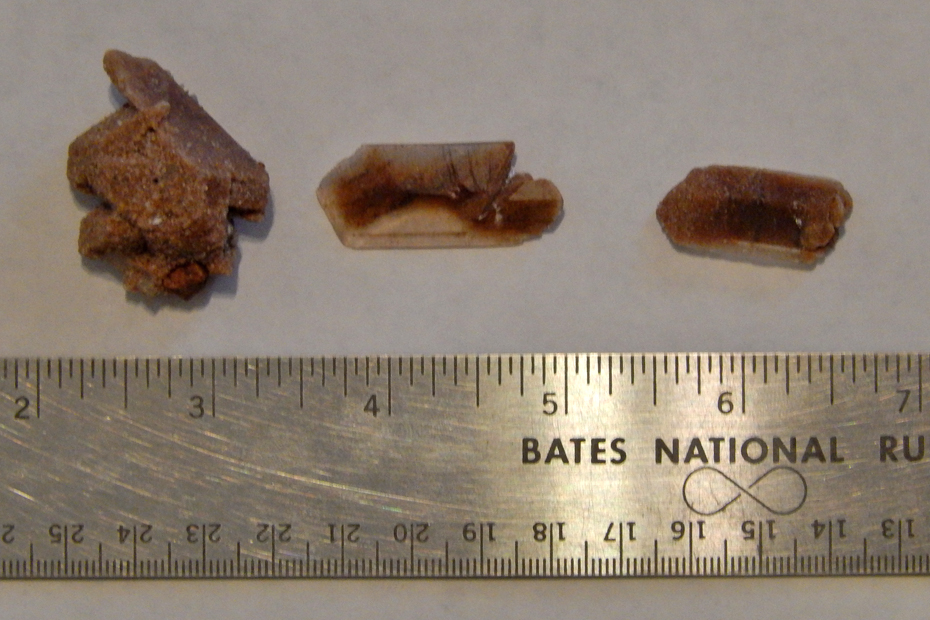Difference between revisions of "Gypsum"
Jump to navigation
Jump to search
FWhitehurst (talk | contribs) m (added Category:Sedimentology and stratigraphy - carbonate using HotCat) |
FWhitehurst (talk | contribs) |
||
| (2 intermediate revisions by 2 users not shown) | |||
| Line 1: | Line 1: | ||
Gypsum is an [[evaporite]], CaSO<sub>4</sub>•2(H<sub>2</sub>O). When dewatered at temperatures above 200°C, it becomes [[anhydrite]]. | Gypsum is an [[evaporite]], CaSO<sub>4</sub>•2(H<sub>2</sub>O). When dewatered at temperatures above 200°C, it becomes [[anhydrite]]. | ||
| + | |||
| + | [[File:GypsumWhitehurst.jpg|center|framed|Selenite, a variety of gypsum. This bladed form with an hourglass-shaped inclusion is only found at Great Salt Plains Lake, Oklahoma. The crystals form around grains of sand and clay to give the distinctive shape. Collected by Sara and Andrew Allen; photo by Skip Whitehurst.]] | ||
{{stub}} | {{stub}} | ||
[[Category:Sedimentology and stratigraphy - carbonate]] | [[Category:Sedimentology and stratigraphy - carbonate]] | ||
| + | [[Category:Sedimentology and stratigraphy - clastic]] | ||
Latest revision as of 21:19, 9 December 2014
Gypsum is an evaporite, CaSO4•2(H2O). When dewatered at temperatures above 200°C, it becomes anhydrite.
This article is a stub. You can help AAPG Wiki by expanding it.
